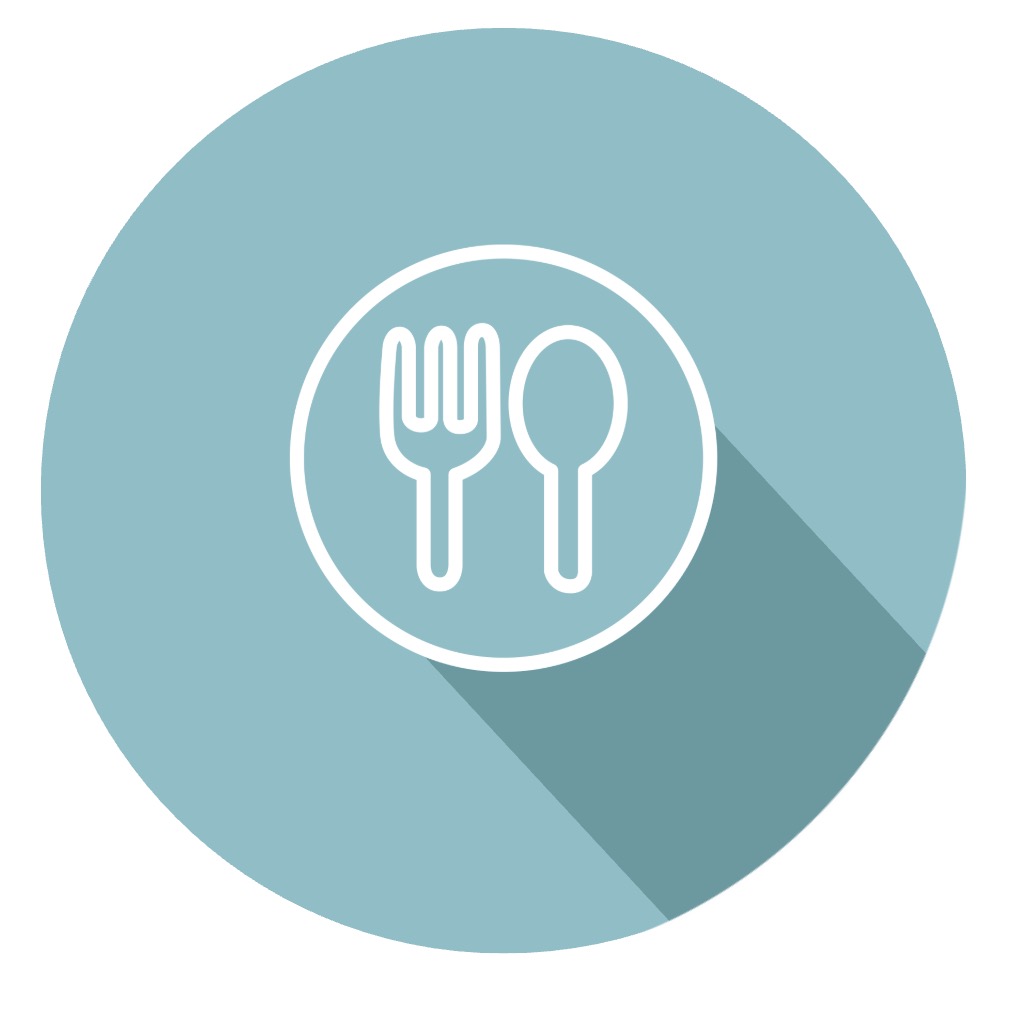A Nudge That Cuts Waste — Without Cutting Satisfaction
Relevant topics Archive, Strategy
Imagine you’re in a cozy bistro. You’re browsing the menu, thinking about what you feel like eating. Now imagine a message on your table:
“We are committed to reducing food waste - you can help! About one-third of all food produced for human consumption is wasted. As our beloved guest, you can make a difference.”
What do you do? Chances are, you’ll order more mindfully, and leave less on your plate.
That’s exactly what happened in a recent field experiment. And the takeaway for marketers and hospitality brands is as refreshing as it is practical: if you want to change behavior, you don’t always need big incentives, digital tools, or guilt trips. A well-timed reminder – even as simple as a tabletop message – can be a powerful driver of sustainable behavior.
A simple nudge to waste less food
The experiment took place in a real à la carte restaurant in Copenhagen. Over nine weeks, researchers tested two types of table messages to reduce food waste:
- Salience message (T1): A simple, emotionally framed message about food waste and the restaurant’s commitment to fighting it.
- Task knowledge message (T2): The same salience message, but with added guidance about portion sizes and a prompt to reflect on hunger levels.
The first message, raising awareness alone, reduced self-reported plate waste by a significant 16 percentage points. That’s a huge drop in a field where small changes often deliver small results. Surprisingly, adding more practical guidance in the second message didn’t help. In fact, it performed worse.
The insight? Less is more. A direct, emotionally framed nudge outperformed a more detailed, cognitively demanding one.
Turning the Insight Into Action
For marketers, especially in the hospitality, foodservice, and sustainability sectors, this study offers a golden insight: you can change real behavior through psychological salience. It’s not only about what you say, but also when to sat it. Here’s how to translate this into practice:
- Remind people before the decision. The message was shown before ordering — a critical moment when choices are still fluid.
- Keep it simple and emotional. A short, values-driven appeal worked better than detailed portion info. Emotions, not spreadsheets, drive change.
- Embed it naturally where the target behavior happens. Table tents and menus are great real estate. Use them not just to sell dishes, but to subtly shape how they’re consumed.
Real-World Examples
The simple nudge can be applied to a wide variety of real-world settings:
- Restaurants can place brief messages about food waste in menus, table tents, or digital kiosks — especially in buffet or à la carte formats.
- Catering companies can use similar messages on ordering screens or trays.
- Supermarkets offering in-store cafés or meal kits could test this on packaging or digital receipts.
Anywhere consumers make food choices, there’s an opportunity to embed this subtle nudge.
When this nudge may backfire
Like all behavioral nudges, this intervention isn’t one size fits all: understanding when it works best is essential.
Firstly, this type of salience nudge is most effective in settings where portion control is limited. For example, this applies to à la carte restaurants or fixed-menu setups where guests can’t easily tailor their portion sizes. It also works well when diners are unfamiliar with the portions on offer, such as tourists or first-time visitors. In these cases, a gentle reminder about food waste can prompt guests to order more mindfully. Finally, it’s a great fit for brands looking to align with sustainability values and communicate them in a subtle, customer-friendly way.
Alternatively, there are situations where this nudge may lose its power or even backfire. In restaurants where portion sizes are highly customizable, guests already have the tools to manage waste through their choices. Likewise, in contexts where guests are already very conscious of their food decisions, such as fitness cafés or diet-focused meal services, the reminder might come across as redundant or even patronizing. And if the main reason for waste is food dislike rather than quantity mismatch, nudging won’t address the root cause either.
In short: use this nudge where it helps diners bridge a gap between intention and action - not where they’re already fully in control.
Further Reading
-
How to use nudging to reduce food waste
In recent years, there has been increasing interest in using behavioral economics principles to "nudge" individuals towards making healthier and more sustainable choices. One area where these nudges may be particularly effective is in reducing food waste and increasing vegetable intake.
-
Red Is the Color of Indulgence: How Ambient Color Influences Food Decisions
Visual stimulation plays a key part in how we experience food. Have you ever wondered why so many fast food restaurants use red in their color schemes? It is not a coincidence. It is science. Color is omnipresent in marketing, and for roughly 85% of people, color is a big factor in their decision-making process on whether to purchase or ignore a product.
From McDonald’s to KFC, the dominance of red in the designs of food establishments is not just about aesthetics. It is a clever psychological strategy. Studies reveal that ambient color plays a powerful role in shaping our decisions, especially in food settings. Red is a standout because compared to most other colors, it is highly influential.
In this article, we will dive into why red holds such influence over food preferences, unpack the psychology behind it, and share actionable tips for marketers and business owners looking to put this knowledge to work.



